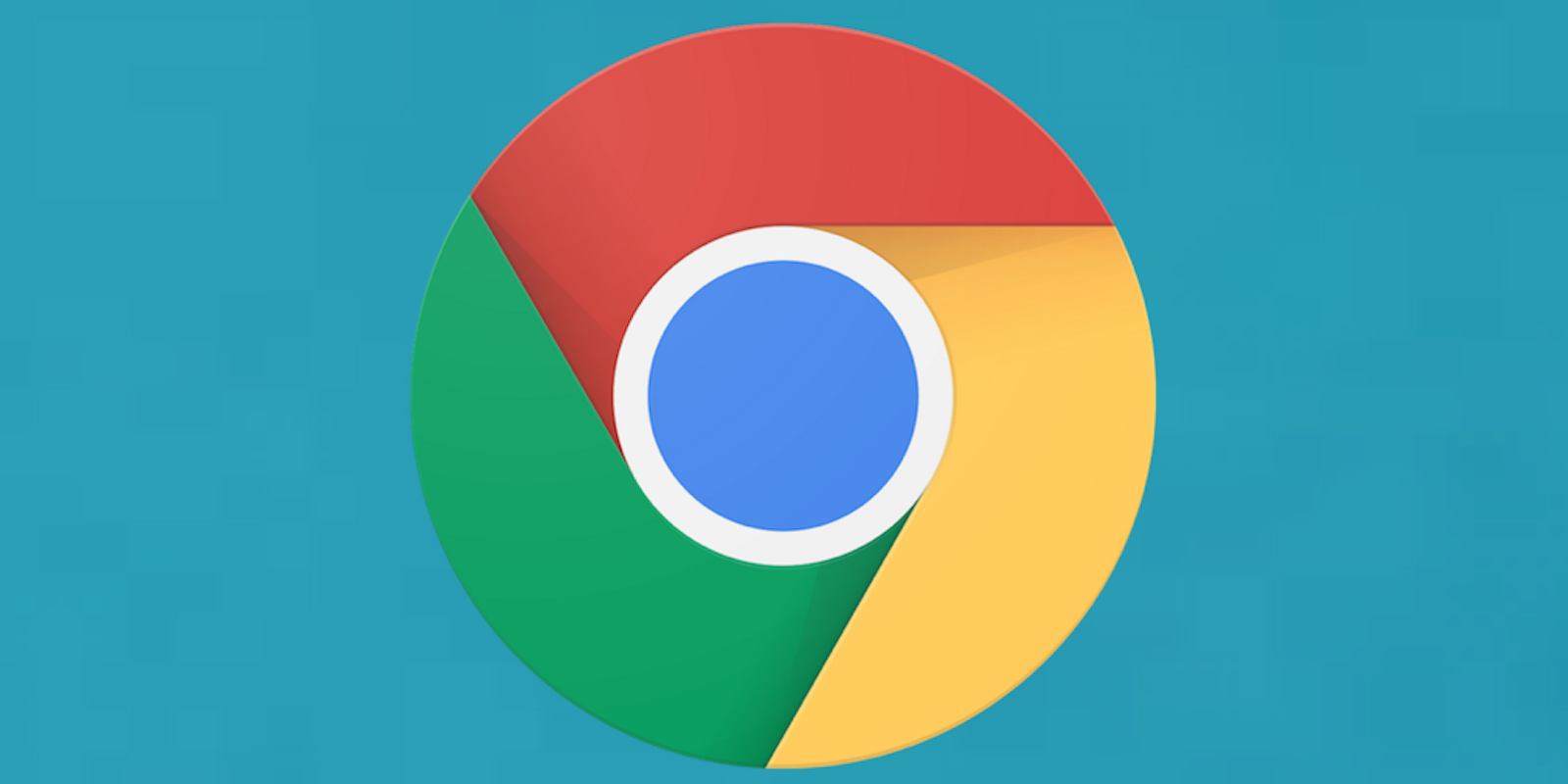The age of the URL may be ending, if Google has anything to do with it. The Google Chrome team is investigating URL alternatives that could make internet browsing easier and safer.
One of the problems Chrome engineers see is that it’s becoming more and more difficult to differentiate between a legitimate website URL and an imitation (which is often used in phishing attempts). With the rise in more varied domain extensions—besides .com or .org, you can get a .cafe, .fail, or .wtf website—a careless eye could easily mistake a faux site for the real thing. It can also make it difficult to guess a business’ domain. In the old days, a majority of sites were simply “business name” followed by .com. Nowadays, there’s huge variety in the structure of URLs.
“We want to move toward a place where web identity is understandable by everyone—they know who they’re talking to when they’re using a website and they can reason about whether they can trust them,” Google Chrome engineering manager Adrienne Porter Felt told Wired. “But this will mean big changes in how and when Chrome displays URLs.”
At the moment, the Chrome team is merely exploring different URL alternatives and how they could be implemented. It also isn’t sharing details about what those alternatives could be. Google should have more finalized ideas they’re considering later this year or early next year. The Chrome team knows that whatever alternative they settle on, it will end up being controversial.
However, they feel the work is important: “Everyone is unsatisfied by URLs,” Chrome director of engineering Parisa Tabriz told Wired. “They kind of suck.”
Google has already taken steps towards “killing” the URL in the past. In 2014, it began eliminating the “http://” from the URL bar. Since then, it’s also used the URL bar to highlight the HTTPS in secure sites, and also flag sites that don’t use the HTTPS protocol.
H/T Business Insider


